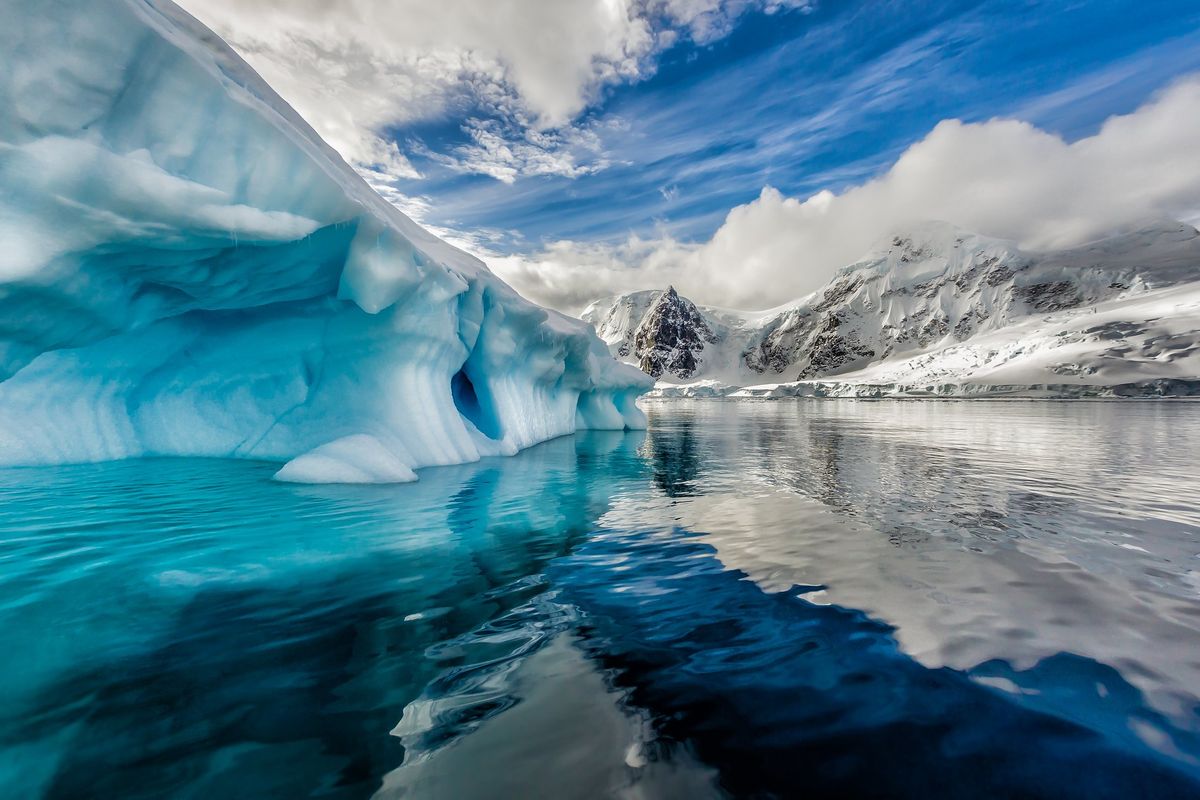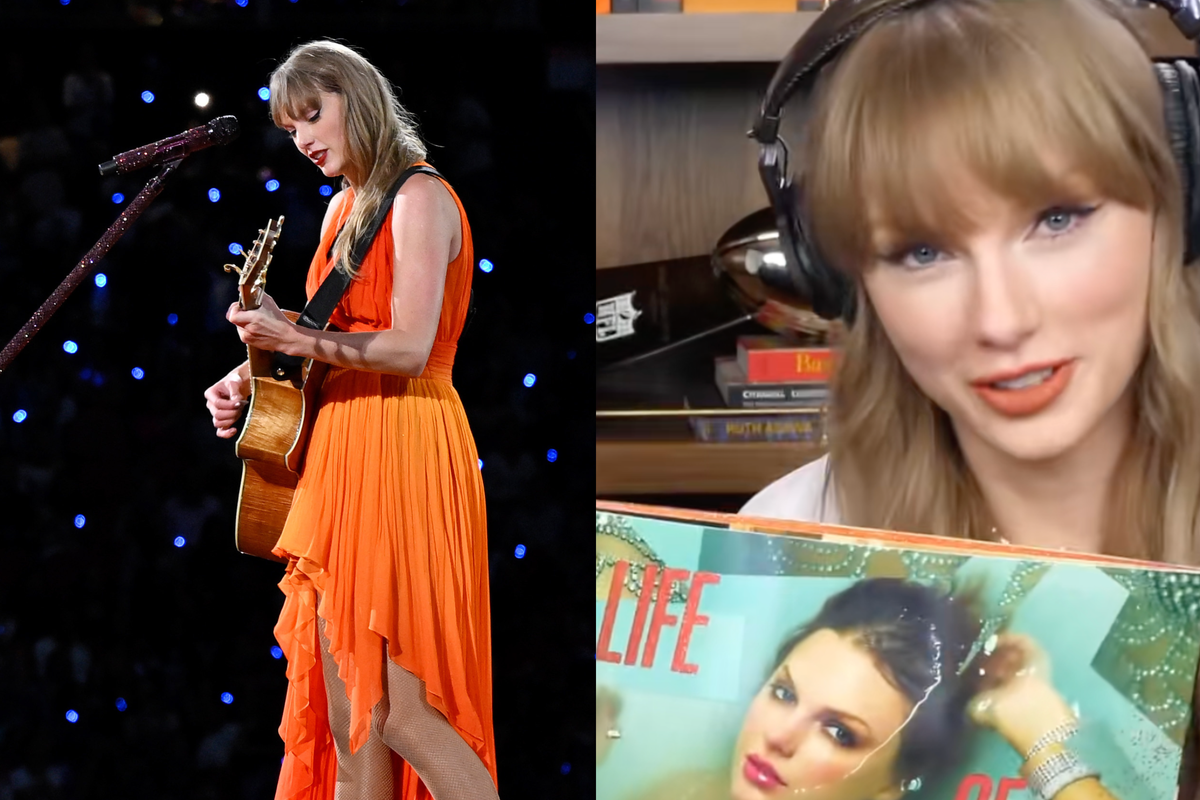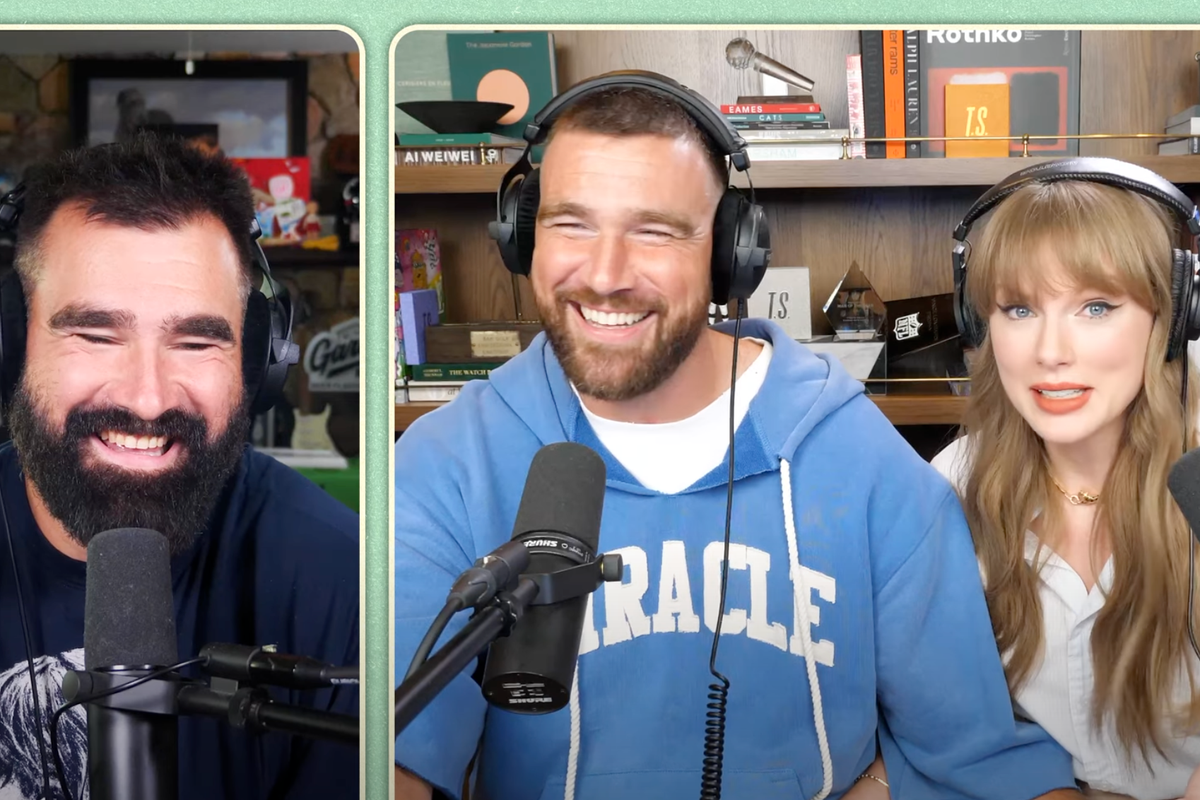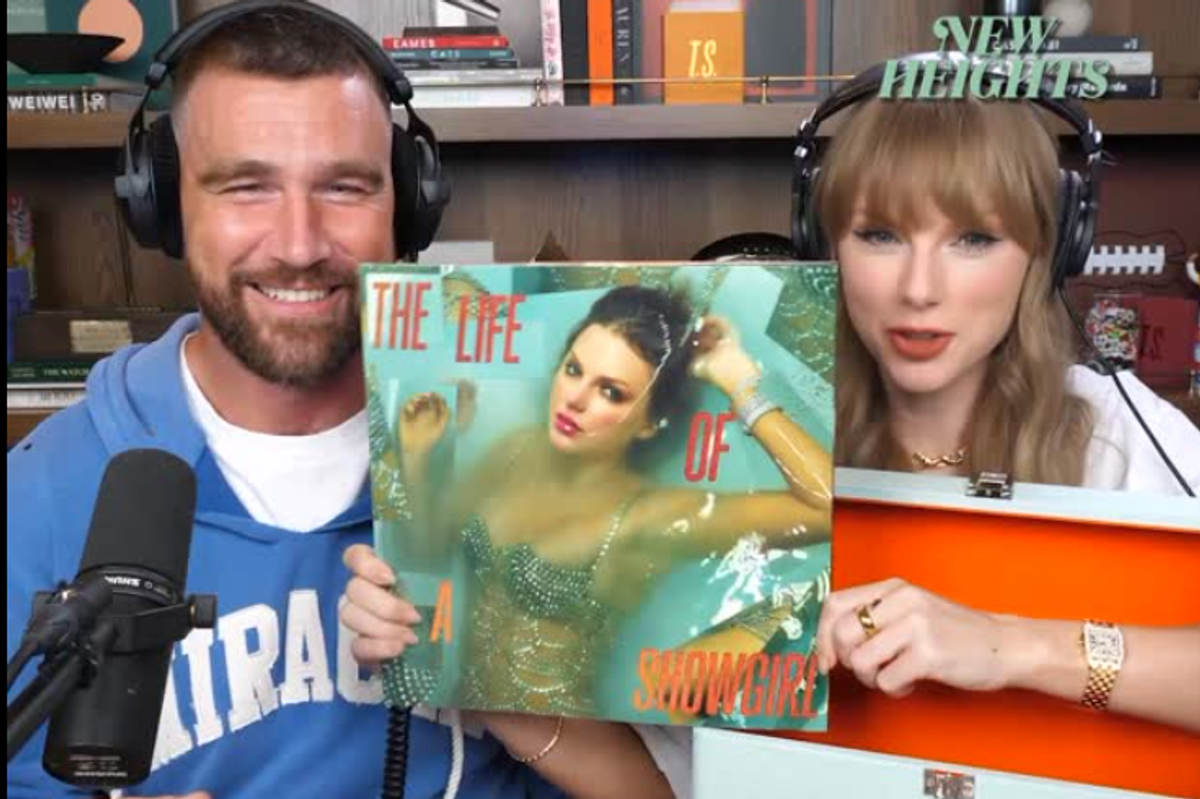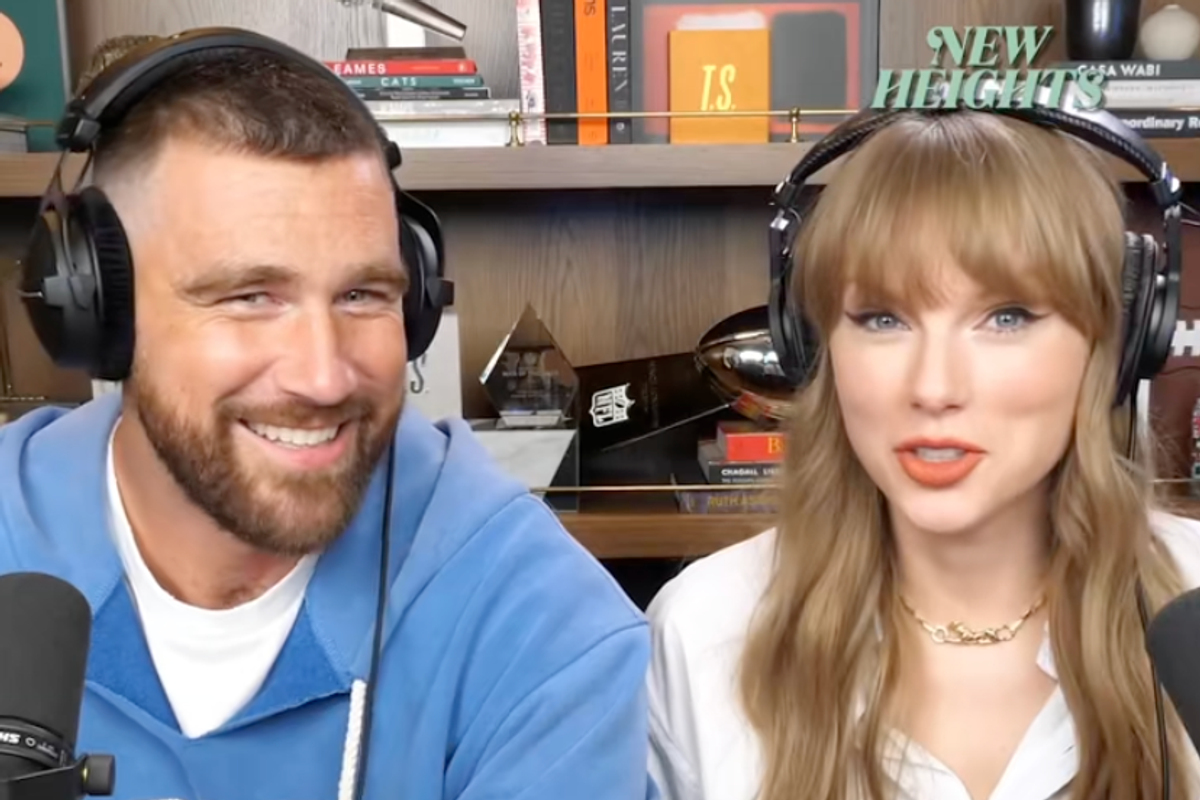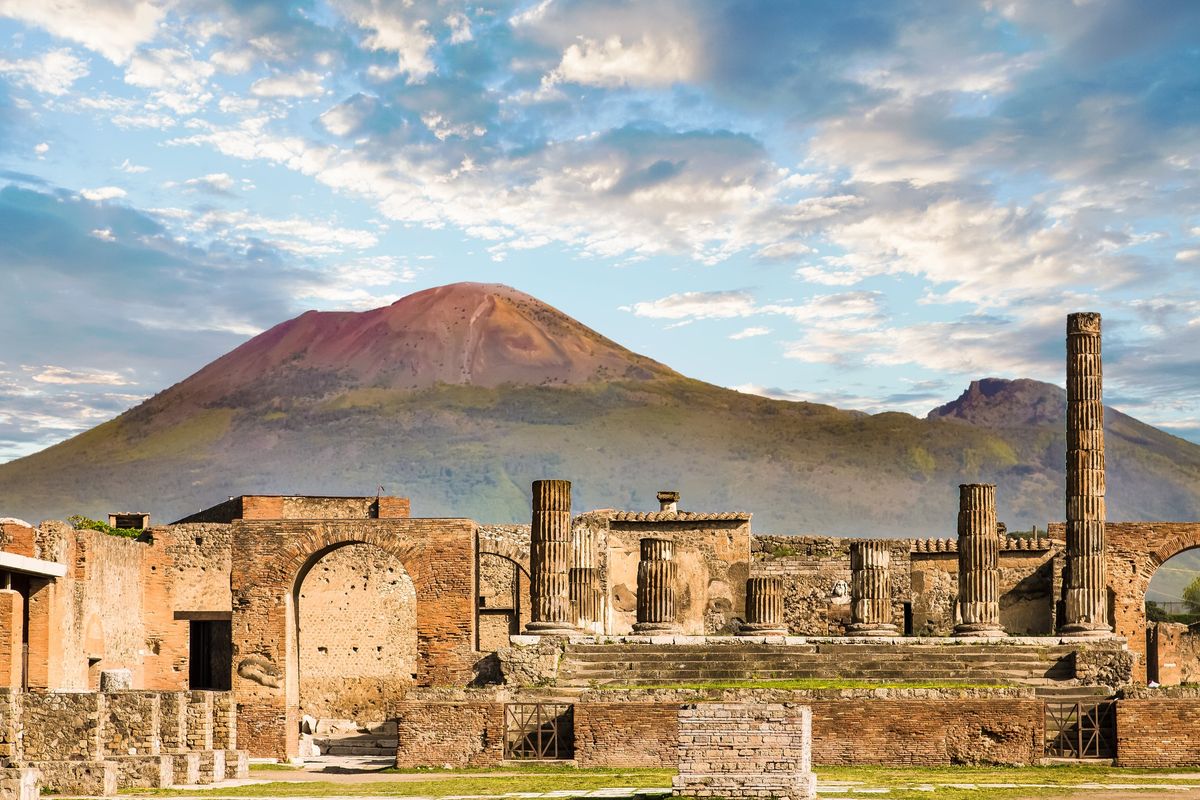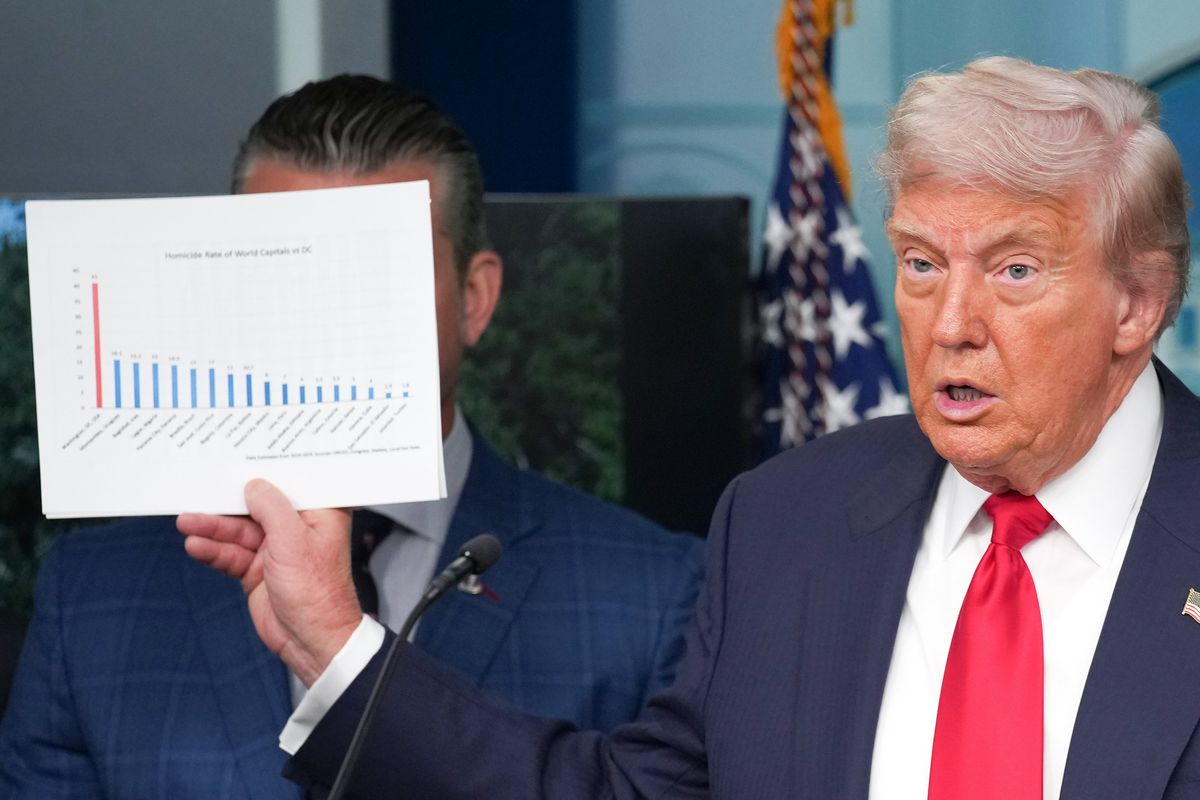Science & Tech
Harry Fletcher
Jul 01, 2025
Is the Core of the Earth Changing?
ZMG - Amaze Lab / VideoElephant
The Earth’s crust is disappearing right beneath our feet – and most people don’t even realise it.
Now, if you’re a geologist, or got a keen interest in how the Earth is put together, then this probably won’t be anything new.
However, for most people, the concept is pretty mindblowing, even though it's been around for a long time.
Dr Brenhin Keller from the Department of Earth Science at Dartmouth is a world-leading authority on the subject, and put together an influential study in 2018 that brought the study of the Earth’s crust to a wider audience (and managed to locate a large chunk of the Earth’s crust which scientists previously thought was missing, which is pretty cool).
Speaking to Indy100, Dr Brenhin explained how the Earth's crust is literally disappearing below our feet – a process known as subduction.
“We discovered how subduction works during the plate tectonic revolution in the 60s,” he said. “First, we had discovered the oceanic crust actually moves. People thought it used to just sit there, but no, it actually moves.
“It's actually spreading apart from a ridge in the center of the ocean. Then, where does it go? It actually just goes under the other crust and falls back down to the mantle. Because as the older it gets, the colder it gets, and therefore the denser it gets. Eventually it gets denser than the mantle and falls back in.”
Dr Brenhin added: “Oceanic crust is always, it turns out, subducting under continental crust. This is what's happening at the Andes right now, which is why we have all these explosive volcanoes – the whole Pacific Ring of Fire. It's happening under Japan. It's happening in quite a few places on earth today and in the Caribbean as well.”
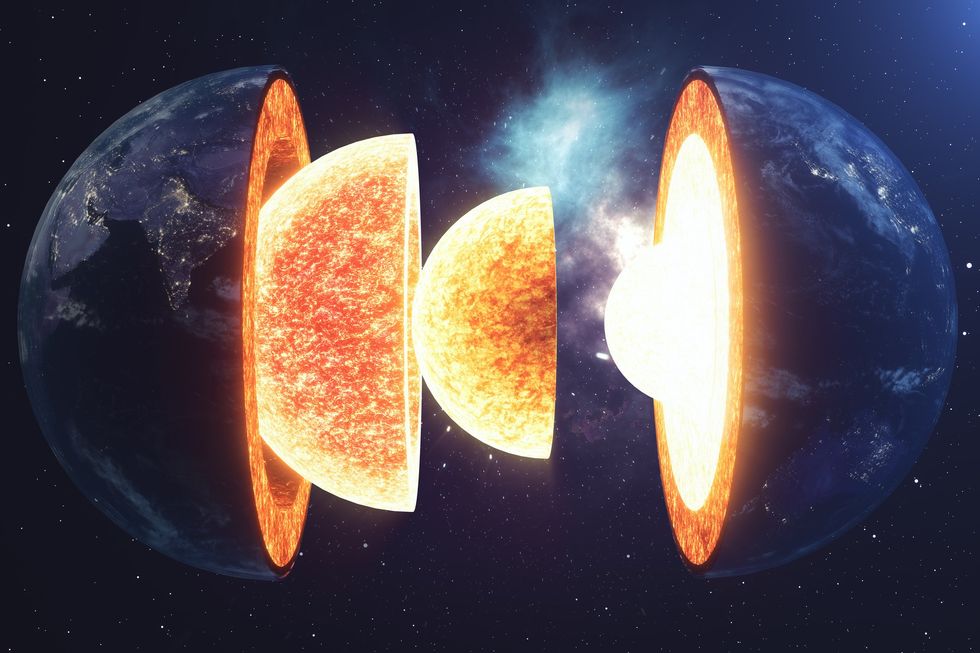
The make-up of the Earth, then, is a far more complex picture than people might recognise.
“The oldest oceanic crust that exists anymore on Earth is about 180 million years old,” Dr Brenhin said. “Because it turns out, the older it gets, the more likely it is to subduct under continental crust, which is much more stable. It does not like to fall back down into the mantle. But when the ocean crust falls back down into the one, it subducts back down into the mantle.
“It carries any sediment that is piled up on top of it along with it. So if you erode some crust, you put it on the ocean crust, that ocean crust goes down like the Marianas Trench goes down on its way to the mantle. It'll carry that sediment with it. That sediment will then melt when it gets into the mantle, where it's super hot, and that can produce a new magma… If you put sediment directly into the Marianas Trench today, it's going to be back up at the surface in like, less than 10 million years, which is fast geologically speaking.”
For someone like Dr Brenhin, this might seem like the most obvious thing in the world – but that’s not the biggest thing that people often get wrong about how our Earth is structured.
In fact, there’s one major misconception about the Earth which he’s keen to settle.
“The biggest [misconception] in general is people think that the mantle is made of magma, or the mantle is molten or liquid. Sometimes, you know, often, when you go to a museum, you see a cross section of the Earth’s mantle, which is basically everything between the iron, nickel core and the crust. It's most of the Earth by volume," Dr Brenhin said.
“It's often colored red or orange or yellow, like a molten color, and it is very hot. It would be glowing molten orange or red, if you could see it, but it's very much not liquid. It's a crystalline solid… It's a green, glassy mineral. It's a crystalline solid, but it flows. It flows at about the rate that your fingernails grow because it's so hot and there's so much pressure, but it's crystalline the whole time. It's not molten, so it's not just magma under you everywhere on Earth.”
Why not read…
- A chunk of the Earth's crust is missing and scientists have discovered where it is
- 'Hidden structures' discovered deep beneath the dark side of the moon
- Massive ocean discovered beneath the Earth's crust
Sign up for our free Indy100 weekly newsletter
How to join the indy100's free WhatsApp channel
Have your say in our news democracy. Click the upvote icon at the top of the page to help raise this article through the indy100 rankings
Top 100
The Conversation (0)





